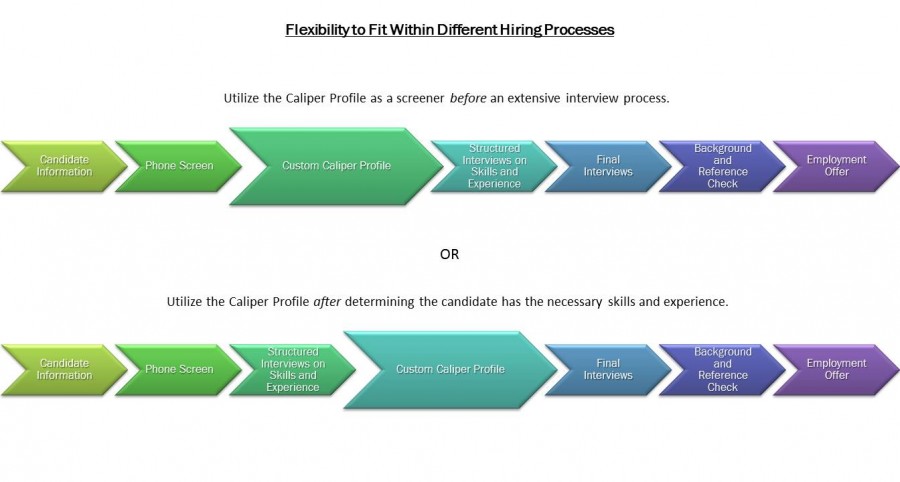Pre-Employment Assessments: Best Practices for Consistency in the Selection Process

In order to gain a competitive advantage, organizations are beginning to embrace a scientific, data-driven approach to hiring and developing their workforces. According to LinkedIn’s eBook “Data Driven Recruiting,” “Data matters for finding talent faster and more efficiently. Talent acquisition teams with mature analytics are two times more likely to improve their recruiting efforts and three times more likely to realize cost reductions and efficiency gains.”
The data that one can gain from pre-employment assessments can provide great insight into how someone will perform on the job before they are brought on board. That said, when an organization is implementing an assessment for the first time for a particular role, it can be hard to determine best practices for how and when the use the assessment in the process. In order to ensure that hiring practices are fair, consistency is key.
What Does ‘Consistency’ mean?
Across the Organization
Different jobs may require different hiring processes. While a pre-employment assessment might make sense for one role, it may not be necessary for all roles within a company. That said, if an organization does decide to use an assessment for a given position, it is important that it is used consistently in the process among all candidates who reach that stage. Doing so provides an organization with the same criteria to compare all candidates for that particular role.
Role-Specific Hiring Process
To reap the greatest benefit from pre-employment assessments, it is important to ensure consistency in when the assessment is administered and to which candidates. First, determine when in the hiring process the assessment should be administered, and then be consistent with each candidate. The following are two examples:
- If the assessment is used as a screener at the beginning of the hiring process, then it should be administered at the beginning for all candidates.
- If the assessment is used after the first live interview to be able to ask behavioral-based questions in the next round, then always administer the assessment at the same point.
In the case where a candidate has been eliminated from consideration before the assessment stage, then it is not necessary to assess them. The important thing is that the assessment is used at a consistent point in the process.
When Should the Assessment Be Used?
Deciding at what point to administer a pre-employment assessment in the hiring process depends on the type of role for which you are hiring. For example, the Caliper Profile can be used during the hiring process at one of two points, depending on where it makes the most sense for that role:

The Value of Consistency in the Hiring Process
Consistency provides hiring managers with the same selection criteria and reference points when making decisions. It also creates efficiency within the hiring process as people become accustomed to the steps. Finally, it plays a part in keeping your hiring process legally defensible, as consistency is always the best practice.
If you stick to the above guidelines, implementing a pre-employment assessment is a legally defensible method to help improve the quality of an organization’s hires. It is important to note that any assessment should only serve as a data point in the overall hiring process, which should also include behavior-based interviews and traditional areas of review such as resumes, education, background checks, and experience.
Jacque Casoni is director, account development, at Caliper.

